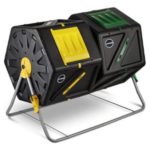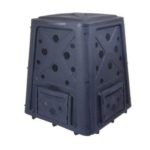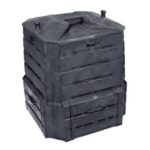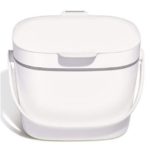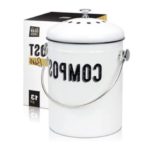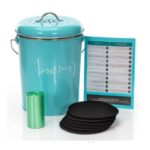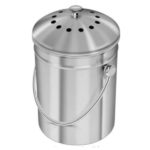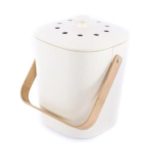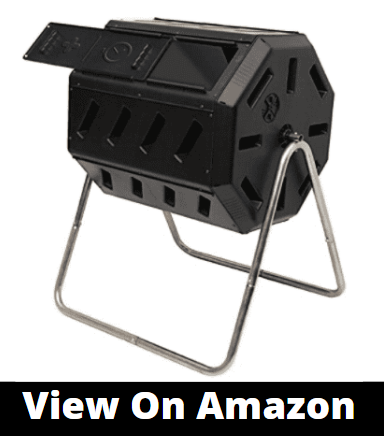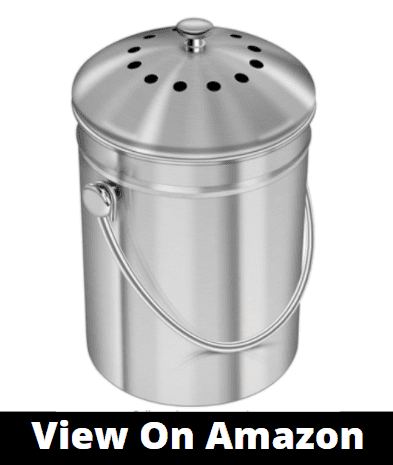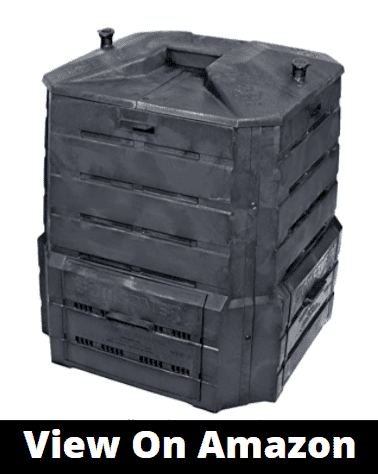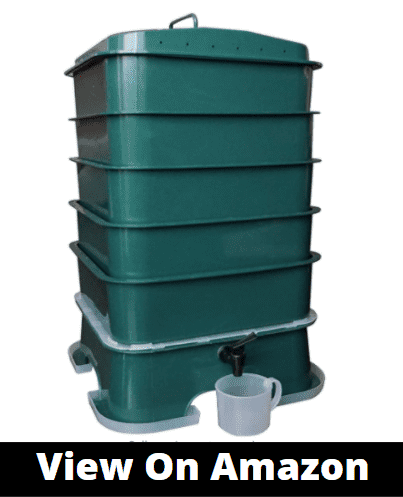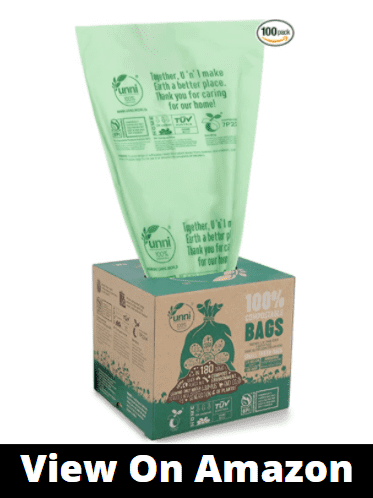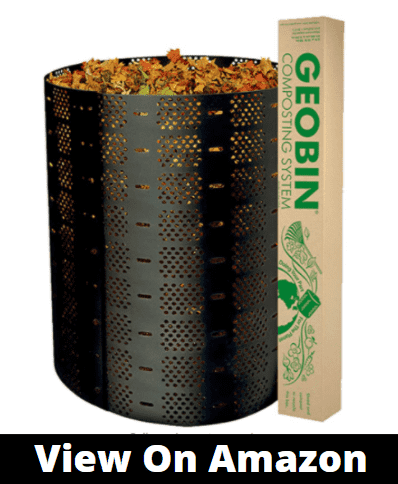Seven Best Composter Types In 2020
From dead plants’ leaves or twigs, food remains, and animal waste, our homestead gardens usually contain organic waste forms. These wastes can easily be converted into useful manure for your plant gardens by composting. Managing organic wastes through compost is beneficial to the environment, and everyone can accomplish it in their homes. You can collect organic scraps using the right composter to make useful nutrients for your plants without producing any unpleasant smell and no wastes scattered in the open. For the valuable decomposition of organic debris, the composting bin you use should allow adequate air circulation, warmth, moisture, and soil. The following are some common indoor and outdoor composers:
10 Best Composter In The Market
The Best Composter Review And Guide
Compost Tumbler
The tumbler has a larger container supported by a pair of comfortable legs or frame, and an opening on the side for putting waste. The tumbler is so useful that you can turn and mix the materials by spinning the entire container using the attached handle. Some tumblers have tires fixed on the legs to allow you to quickly push them to your garden, where you may need compost. All components of the tumbler are made of durable materials to make them last longer.
Kitchen Compost Bin
In case your yard is smaller for a compost pit or pile, it should not mean that you cannot manage and compost wastes like others. You can still compost your kitchen wastes into useful nutritive materials for your garden using the kitchen composter (bin). The containers come in different sizes that can easily fit kitchen spaces, either under your sink or in the corner to collect your wastes with ease. Also, suppose you do not have a garden and can’t turn the scraps to enhance your kitchen’s decomposition. In that case, you can take the wastes to a community dumping site.
Compost Bin
The compost bins are usually placed on the ground in a stationary position where you can put all waste for composting. However, the containers take some time to form compost since there is little aeration. While you can easily dump garbage into the bin, it is difficult to use a shovel on the scraps to enhance decomposition. It is advantageous to have a compost bin since it is large and can hold a lot of wastes than a tumbler. These bins are suitable for people who have a lot of organic materials to compost.
Worm Composter
This type of composter is much easier to manage and produce quality manure for your garden. Although it takes some effort to assemble and get a worm composter working, you will need little effort to control once it starts operating. The worm composter comes with a tap at the bottom from which you can collect compost solution that can be beneficial to your plants. It is advisable not to place the composter in direct sunlight, which might kill the worms inside. Also, an effective worm composter should have proper drainage to avoid drowning the worms.
Compost Bag
There are no many options for compost bags if you want to purchase one; this is because most bags do not have proper aeration. However, the compost bag is one of the most famous, which can be filled with biodegradable wastes and put in a green composting bin. The compost bags allow decomposition of materials in less than six months and offer essential nutrients for plants. The sack system is another form of compost bag that is also popular and much larger and portable. You only need to turn the filled compost bags regularly to ensure there is enough air for rotting. Since the bag itself is biodegradable and designed to hold moisture inside, the pockets allow faster decomposition of wastes.
Yard Pile
Yard Pile composter is one of the most popular outdoor composters. As the name suggests, it is a pile or heap of organic materials like dead leaves, weeds and grasses, twigs, and kitchen scraps. You can achieve faster decomposition by enhancing aeration through the regular turning of the materials using a spade or strong stick. Open waste heaps may turn problematic when there are many rodents in the compound. Also, ensure your pile is located strategically based on the wind direction to avoid foul smell into your house.
Continuous Composter
The enclosed bins are designed to contend with different kinds of materials, both kitchen and garden wastes. You can add scraps into this composter every time, thus the name continuous composter. With this composter, there is a constant slow generation of compost. The resulting compost usually filters and settles at the bottom, and can be collected several times a year. The continuous composter has a sealing lid which prevents rodents or any other living animal from entering. Gardeners can toss their kitchen and garden wastes with ease.
In conclusion, organic waste materials can be turned into useful manure for gardening, thanks to the wide variety of composters. Based on your needs and the type of waste, you can choose the right composting bin or box for your home. Remember, a composter’s ability to allow churning of trash and aeration is vital to achieving your trash management goals.


